Whether you’re a seasoned cat parent or simply an admirer from afar, you’ve likely noticed the many enigmatic qualities that make cats so fascinating. From their graceful movements to their uncanny ability to know exactly when you need a cuddle, these creatures seem almost magical. But have you ever stopped to consider the superpowers your cat might be wielding right under your nose? Here we explore 13 extraordinary abilities of cats that you may have overlooked, each one more astounding than the last.
1. Silent Movement
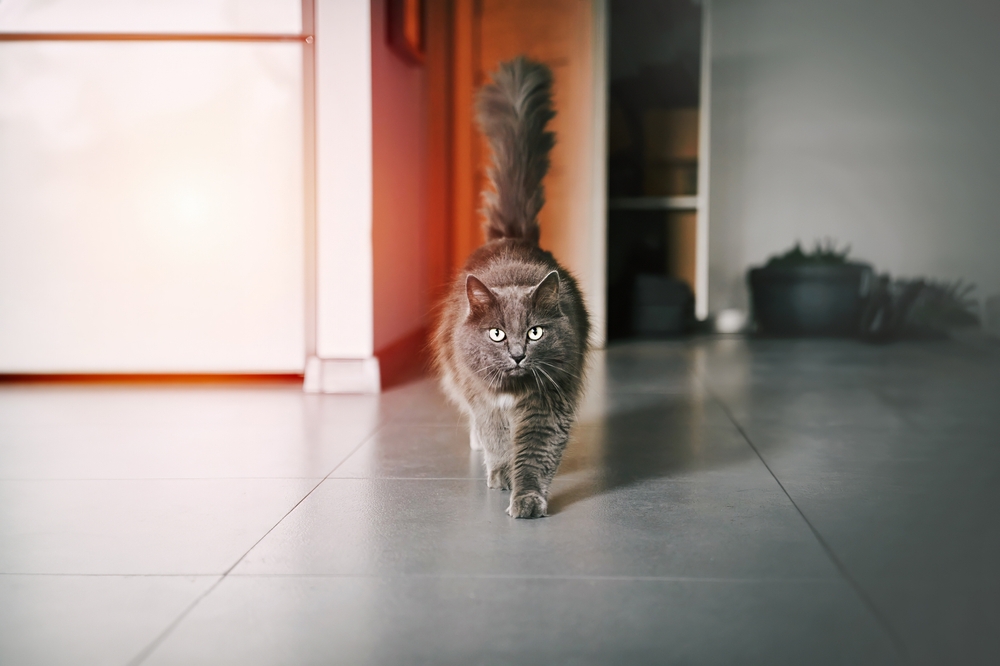
Cats possess an extraordinary ability to move without making a sound, a talent that is both mesmerizing and practical. This stealthy movement is largely due to their retractable claws and soft foot pads that allow them to prowl without alerting their prey or waking you from a deep sleep. According to a study from National Geographic, this stealth is a trait inherited from their wild ancestors, who needed to move silently to hunt effectively. This talent isn’t just useful for sneaking up on toy mice; it’s an essential survival skill in the wild. So the next time you find your cat suddenly appearing out of nowhere, remember they’re just channeling their inner panther.
Beyond the biological mechanics, this silent movement enhances the mystique surrounding cats, giving them an almost ghostly presence. It’s no wonder that many cultures have associated cats with the supernatural, believing that they can slip between worlds unseen. Your cat’s quiet steps aren’t just practical—they also contribute to their captivating aura. Watching a cat move silently can be a meditative experience, offering a glimpse into a world where peace and tranquility reign. Next time you find yourself stressed, take a moment to observe your cat’s graceful, noiseless dance around your home.
2. Night Vision
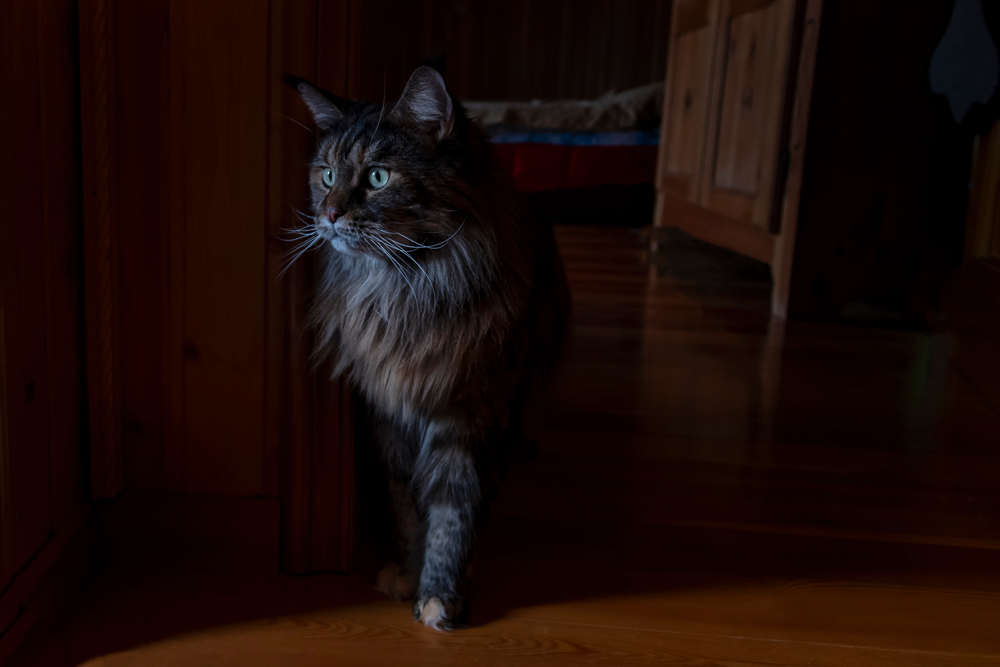
One of the most astonishing aspects of a cat’s sensory repertoire is their exceptional night vision. Unlike humans, cats have a layer of tissue called the tapetum lucidum in their eyes that reflects light, allowing them to see in conditions where most creatures would be blind. This ability is not just useful for midnight prowls around your living room; it’s a crucial survival tool for any feline. In the wild, this night vision gives them an edge over their prey and predators alike, making them efficient hunters and elusive targets. Understanding this trait can deepen your appreciation for your cat’s otherworldly ability to navigate the dark.
The myth that cats can see in complete darkness isn’t entirely accurate, but their night vision is undeniably superior to ours. They need only a fraction of the light we require to see clearly, allowing them to explore nocturnal environments with ease. This might explain why your cat seems most energetic at night, darting around the house like a fur-covered ninja. Their affinity for nighttime activities is a nod to their wild roots, when the cover of darkness provided the perfect opportunity to hunt. So, if you find your cat awake while the rest of the house sleeps, rest easy knowing they’re just embracing their twilight superpower.
3. Sixth Sense
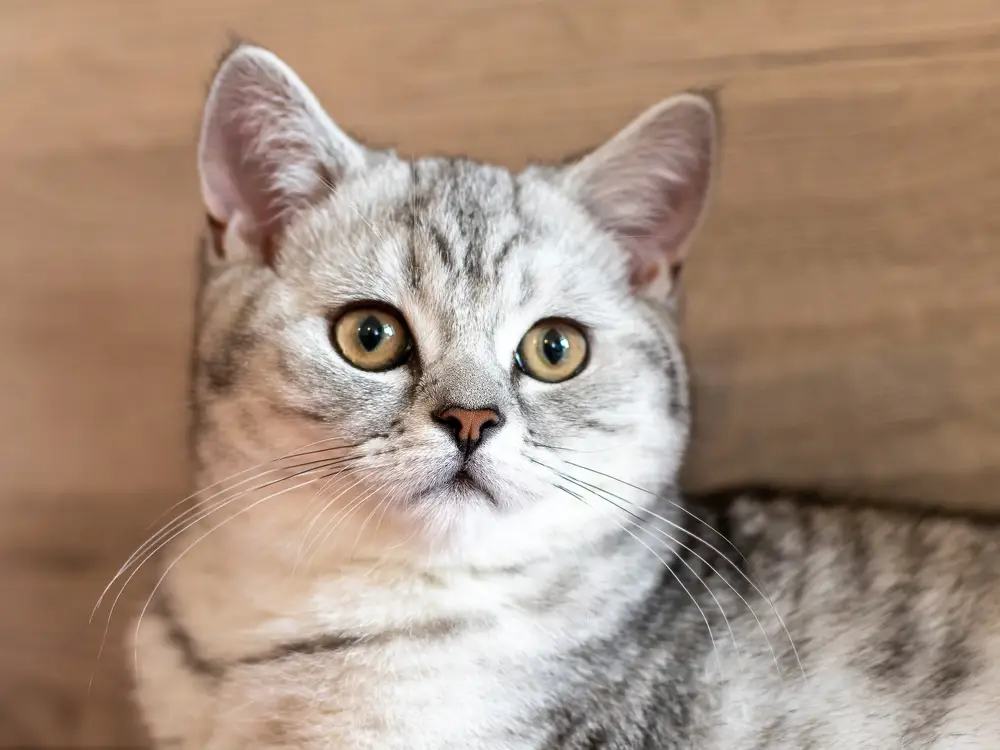
Cats have been known to exhibit uncanny behavior before natural disasters, particularly earthquakes. There’s much debate about whether they can truly predict these events, but many anecdotal reports suggest that cats act erratically before the ground starts to shake. According to a study from the Journal of Ethology, some researchers believe this is due to their acute sensitivity to vibrations and sounds that humans cannot perceive. This heightened awareness might explain why your cat seems to know something’s up before you do. This incredible sense acts like a biological warning system, one that could potentially save lives.
Even if science hasn’t fully explained this phenomenon, there are countless stories from people who swear their cats knew an earthquake was coming. Whether it’s hiding under furniture or bolting out of the room, their behavior is a signal that something isn’t right. It’s a reminder of the intricate ways animals interact with the environment, picking up signals humans often miss. This, in turn, highlights the deep connection between your cat and the natural world, a bond that goes beyond mere domestication. While we may never fully understand how they do it, this feline superpower reminds us of the mysteries that still exist in our world.
4. Curative Purrs
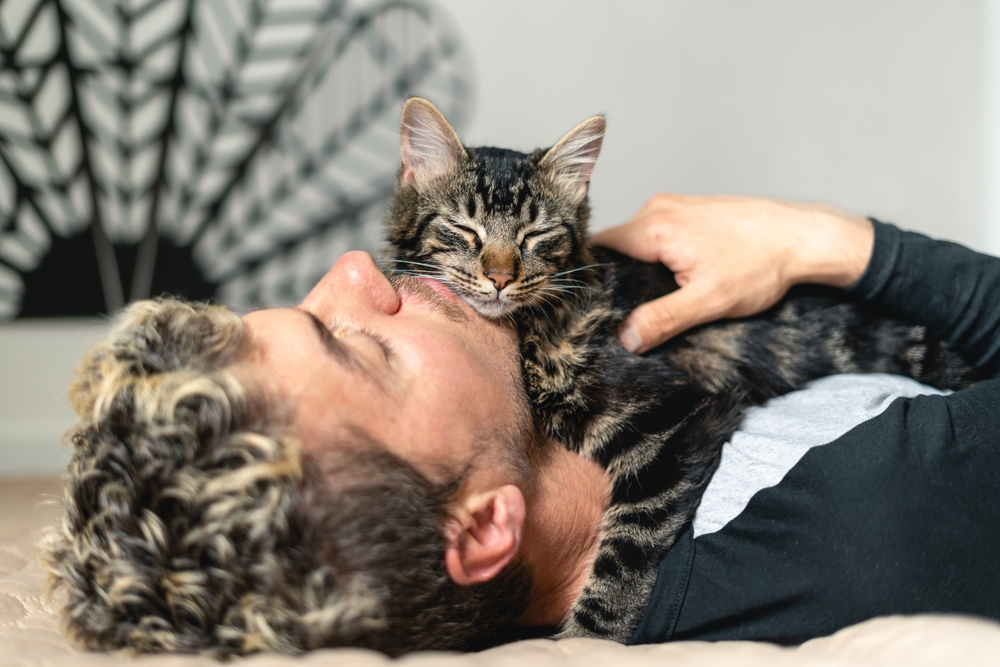
You’ve probably felt the comforting vibration of a cat’s purr, but did you know it might have healing properties? Cats purr at a frequency between 25 to 150 Hertz, a range that has been shown to promote healing and reduce pain. This soothing sound isn’t just comforting; it may actually help heal bones and tissues. The implications of this ability are remarkable, with some researchers suggesting that cat owners could experience health benefits simply from being around their pets. So when your cat curls up in your lap and starts purring, they might just be offering you a little extra TLC.
Even in the absence of scientific proof, many cat owners report feeling calmer and more relaxed when their feline friends purr nearby. This calming effect could be why cats often seem to know when you’re feeling down, coming to your side just when you need them most. It’s as if they have an innate ability to tune into your emotional needs, offering comfort through their gentle vibrations. Whether or not you believe in the healing power of purrs, there’s no denying the emotional boost they provide. Your cat’s purr is more than just a sign of contentment; it’s a testament to the unique bond you share.
5. Head Tilt
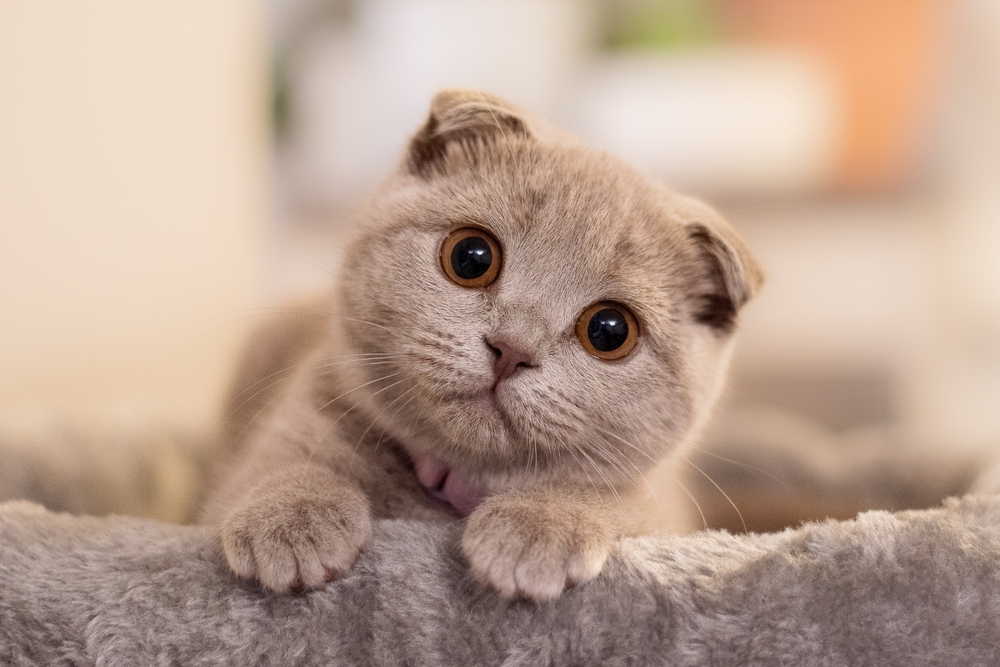
Few gestures are as endearing as a cat’s head tilt, but it’s more than just cute; it serves a purpose. When your cat tilts their head, they’re likely trying to triangulate the source of a sound or movement, using their acute hearing to gather more information. According to an article from Scientific American, this behavior is part of their sophisticated auditory processing system, allowing them to detect even the faintest noises. This precision is essential for hunting, as it helps them pinpoint the location of prey or potential threats. Understanding this behavior adds another layer to the complex tapestry of your cat’s abilities.
The head tilt can also be a sign of curiosity, as your cat tries to make sense of the world around them. It’s a reminder of their inquisitive nature, ever alert and ready to explore. Watching your cat engage in this behavior can offer a glimpse into their thought processes, revealing just how much they absorb from their environment. This small gesture is a testament to their intelligence and adaptability, qualities that have allowed them to thrive alongside humans. So next time you catch your cat tilting their head, appreciate the remarkable capabilities that lie beneath their adorable exterior.
6. Gravity-Defying Leaps
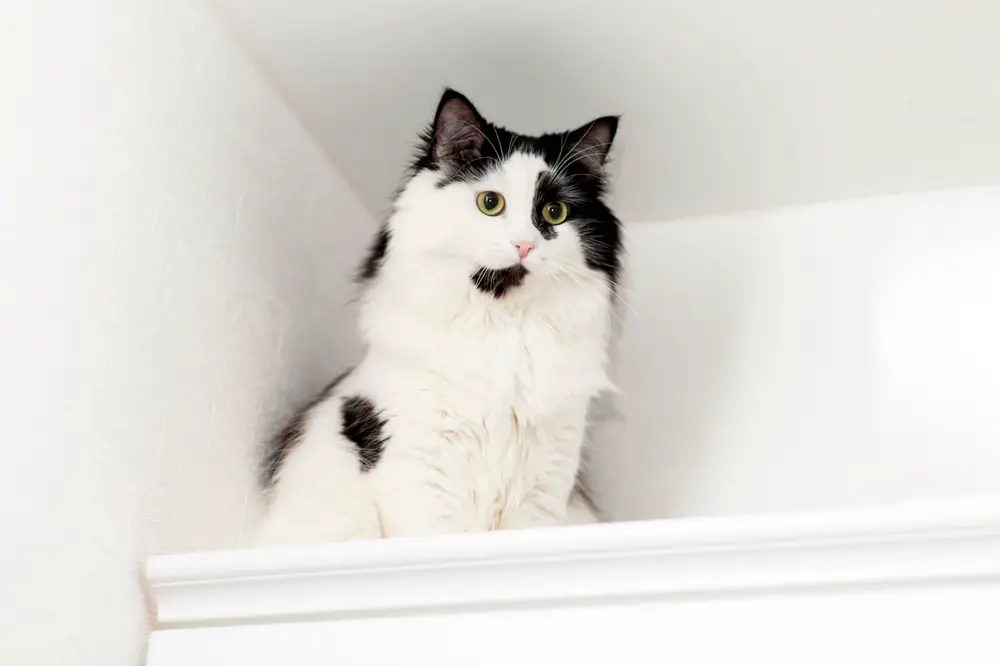
Cats are famous for their acrobatic prowess, and their ability to leap great distances is nothing short of astonishing. They can jump up to six times their body length in a single bound, a feat that seems to defy the laws of gravity. This incredible skill is thanks to their powerful hind leg muscles and flexible spines, which act like a spring to launch them into the air. Whether they’re scaling a wall or chasing a toy, these leaps are a testament to their athleticism and agility. Observing your cat in action is like watching a carefully choreographed dance, one that showcases their natural grace.
While their leaping ability is often a source of amusement, it serves a practical purpose in the wild. Cats use their jumps to catch prey or escape predators, making it a vital tool for survival. This skill is one reason they’re such successful hunters, able to reach high places that other animals can’t. It also highlights their remarkable adaptability, as they navigate both urban and rural landscapes with ease. So when you see your cat effortlessly leap from surface to surface, remember that you’re witnessing a marvel of natural engineering, honed over millions of years.
7. Emotional Distress Detection
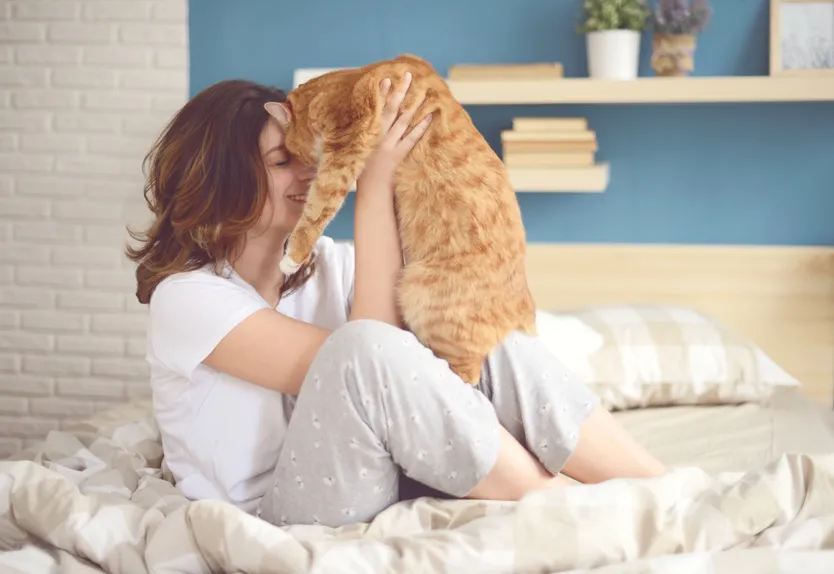
Cats have an extraordinary ability to detect emotional changes in the people around them, often providing comfort when you need it most. Their keen sense of smell plays a role in this, as they can pick up on subtle changes in your scent caused by stress or anxiety. According to veterinarian Gary Weitzman in his book “How to Speak Cat,” cats are highly attuned to their human companions, often responding to emotional distress with increased affection. This empathy isn’t just comforting; it’s a reminder of the deep connection between you and your furry friend. Your cat’s ability to sense your emotional state is a superpower that fosters an unspoken bond.
When you’re feeling low, your cat may come to sit or lie next to you, offering silent companionship that speaks volumes. This intuitive behavior is a testament to their emotional intelligence, as they provide what you need without you having to ask. It’s a reminder of the positive impact animals can have on our mental health, offering unconditional love and support. Your cat’s presence can be a soothing balm during tough times, reminding you that you’re never alone. This emotional sensitivity is just one of the many ways your feline friend enriches your life, proving that their superpowers extend beyond the physical realm.
8. Sharp Communication
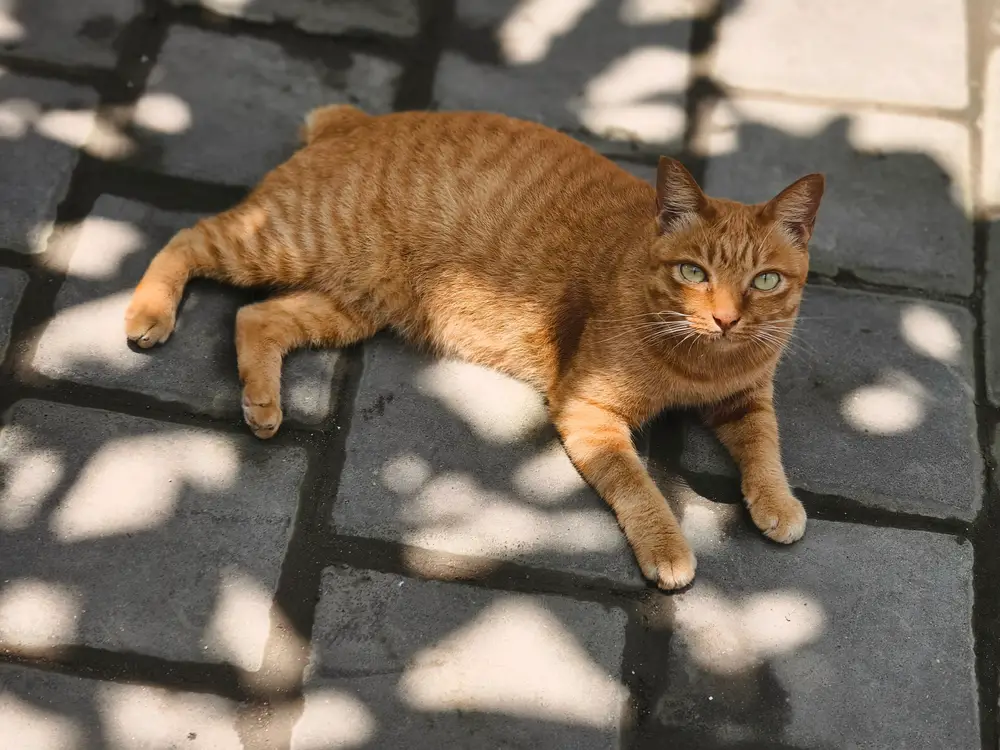
Cats are often misunderstood as aloof or detached, but their communication skills are more nuanced than you might think. Through a combination of vocalizations, body language, and eye contact, they convey a wide range of emotions and intentions. Each meow or purr is a piece of a complex puzzle, one that reveals their needs and desires. Understanding these cues can deepen your relationship, giving you a window into their world. Recognizing that your cat is trying to communicate can transform your interactions, leading to a more harmonious coexistence.
It’s easy to mistake a cat’s subtle signals for indifference, but once you start paying attention, you’ll find they’re anything but. A slow blink, for example, is a sign of trust and affection, an intimate gesture that signifies comfort. Their tail position can indicate curiosity or agitation, while their vocalizations range from insistent demands to gentle reassurances. By learning to read these signals, you can respond to their needs more effectively, strengthening the bond between you. Your cat’s communication skills are a testament to their social intelligence, offering a glimpse into a world that’s rich with meaning and emotion.
9. Heat Spotting

If you’ve ever wondered why your cat always seems to find the sunniest spot in the house, you’re not alone. Cats have an innate ability to seek out warmth, a trait inherited from their ancestors who lived in sun-drenched climates. This heat-seeking behavior is not just about comfort; it also helps regulate their body temperature. Cats have a higher baseline body temperature than humans, so basking in the sun allows them to conserve energy. By understanding this behavior, you can create an environment that caters to their natural instincts, providing plenty of sunny spots for them to enjoy.
Watching your cat lounge in a sunbeam can be a reminder of the simple pleasures in life. Their contentment is infectious, encouraging you to slow down and appreciate the moment. This penchant for warmth also explains why your cat might curl up in your lap or next to a heat source, seeking out cozy spots to relax. It’s a charming quirk that underscores their adaptability, thriving in environments that mimic their ancestral habitats. By accommodating this preference, you can enhance your cat’s well-being, creating a space where they feel truly at home.
10. Energy Conservation
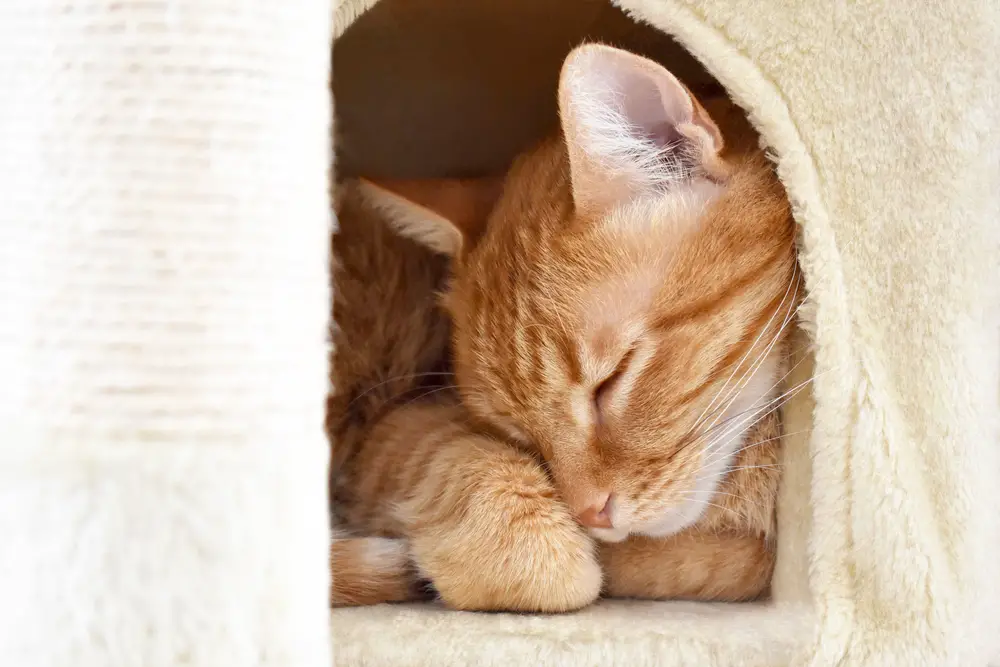
Cats are infamous for their love of sleep, often dozing for up to 16 hours a day. This penchant for napping isn’t just laziness; it’s a vital part of their biology. In the wild, cats need to conserve energy for hunting, so sleeping helps them refuel for their next adventure. This natural rhythm is carried over into domestic life, where your cat’s naps help them recharge and stay healthy. By understanding the importance of sleep in their lives, you can better appreciate those hours spent curled up in quiet repose.
While it might seem excessive, this sleep-heavy lifestyle has numerous benefits, such as promoting healing and reducing stress. Cats enter a deep sleep state called REM, where they experience dreams that help process their experiences. This means that those seemingly unproductive hours are actually crucial for your cat’s mental and physical health. Watching your cat nap can be an invitation to slow down and savor the moment, reminding you that rest is just as important as activity. Their ability to embrace relaxation is a lesson in self-care, one that you can apply to your own life.
11. Power Staring
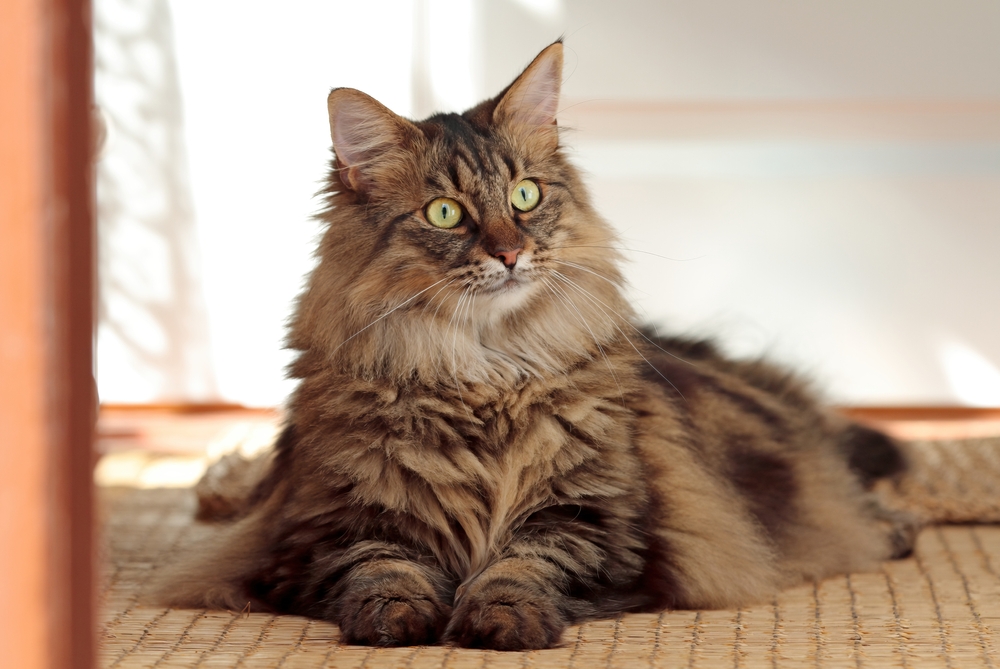
Cats are known for their intense, unblinking stares, a behavior that can be both intriguing and unnerving. This focused gaze serves a variety of purposes, from assessing a situation to establishing dominance. In the wild, a cat’s stare can deter rivals or predators, a tactic that remains in their domestic behavior. This ability to maintain eye contact links to their role as natural hunters, where observation and patience are key. Understanding this behavior can help you appreciate the complex interplay between instinct and environment that shapes your cat’s actions.
While a cat’s stare can seem confrontational, it’s often a sign of trust and connection. When your cat looks you in the eye, they’re engaging in a silent conversation, one that builds your relationship. It’s an opportunity to reciprocate their trust, offering a slow blink to signal your affection. This exchange of gazes is a reminder of the unique bond you share, one that transcends words. By recognizing the power of your cat’s stare, you can cultivate a deeper understanding of their world, enriching your interactions with them.
12. Whisker Radar
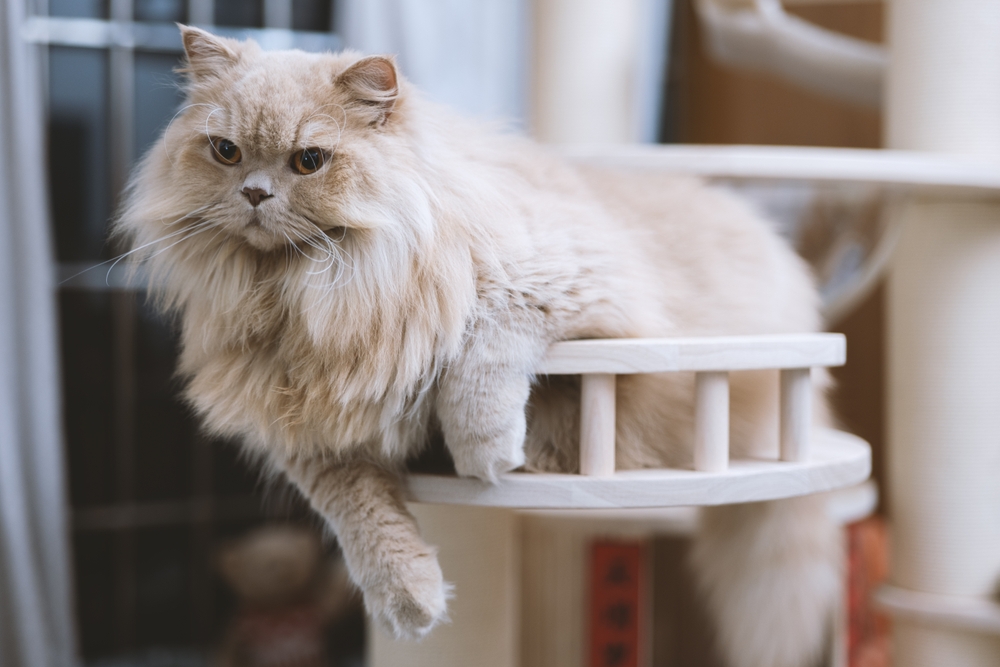
A cat’s whiskers are highly sensitive tools that help them navigate their environment, serving as an extension of their sense of touch. These specialized hairs detect changes in the air, allowing cats to sense nearby objects and movement. This radar-like ability is crucial for hunting, as it enables them to detect prey and avoid obstacles in the dark. Whiskers also play a role in social interactions, conveying information about a cat’s mood and intentions. By appreciating the function of whiskers, you can gain insight into the remarkable sensory world your cat inhabits.
Whiskers are more than just tactile sensors; they’re also a means of communication. A cat’s whisker position can signal excitement, curiosity, or aggression, offering a window into their emotional state. Understanding these signals can enhance your relationship, allowing you to respond to your cat’s needs more effectively. This sensory superpower underscores the complexity of feline behavior, revealing the intricate ways cats interact with their surroundings. By respecting your cat’s whiskers, you’re acknowledging the depth of their sensory experience, fostering a greater appreciation for their unique abilities.
13. Tail Language
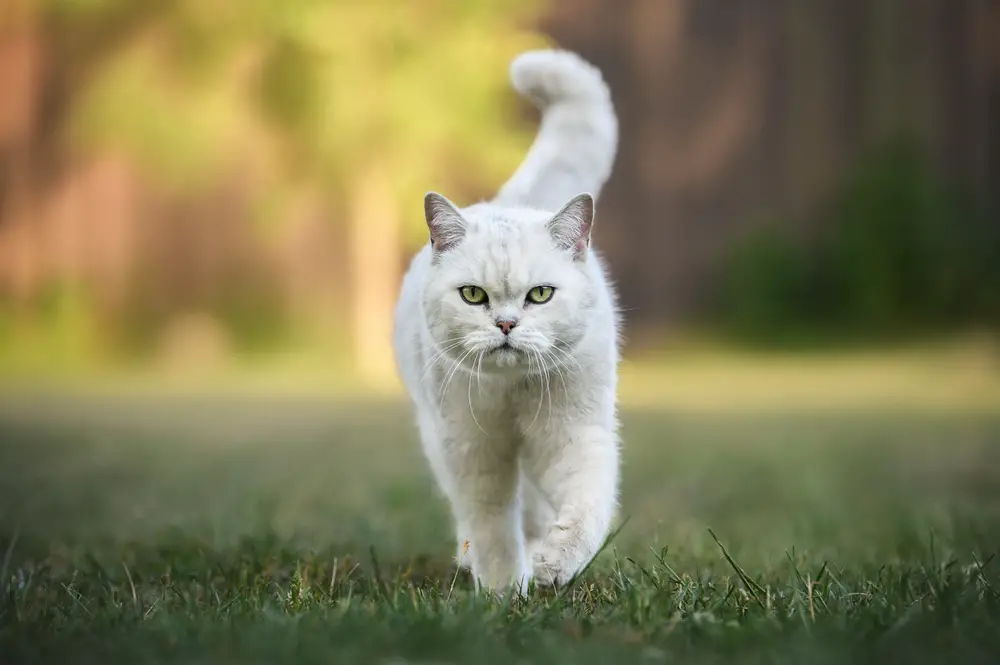
A cat’s tail is a dynamic tool for communication, capable of expressing a wide range of emotions and intentions. From a gentle twitch to a full-on swish, each movement conveys a message, offering clues to your cat’s mood. Observing these subtle signals can provide valuable insight into their emotional state, enhancing your understanding of their needs. This nonverbal communication is a testament to their social intelligence, allowing them to navigate complex interactions with grace. By learning to interpret tail language, you can foster a deeper connection with your cat.
While tail movements can be perplexing, they’re often a reflection of a cat’s inner world. A high, quivering tail might signal excitement, while a puffed-up tail indicates fear or aggression. These gestures are a form of silent dialogue, inviting you to engage with your cat on their terms. By responding to these cues, you can create a more harmonious relationship, built on mutual respect and understanding. Your cat’s tail language is a reminder of the rich tapestry of communication that exists beyond words, offering a glimpse into the depth of their emotional life.
